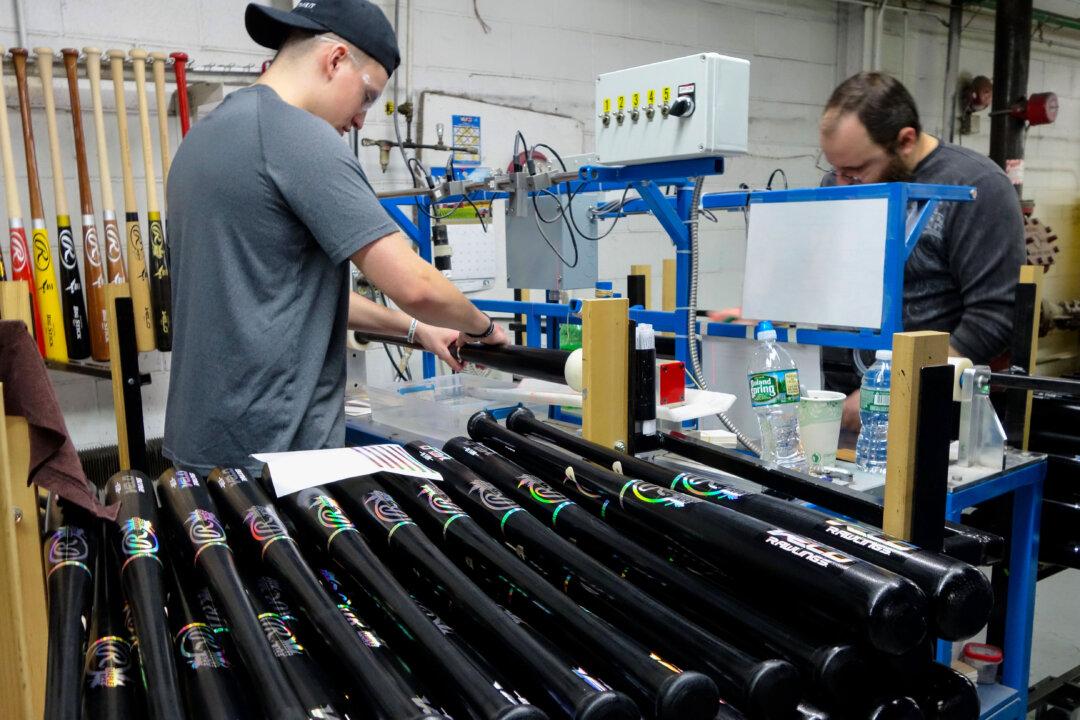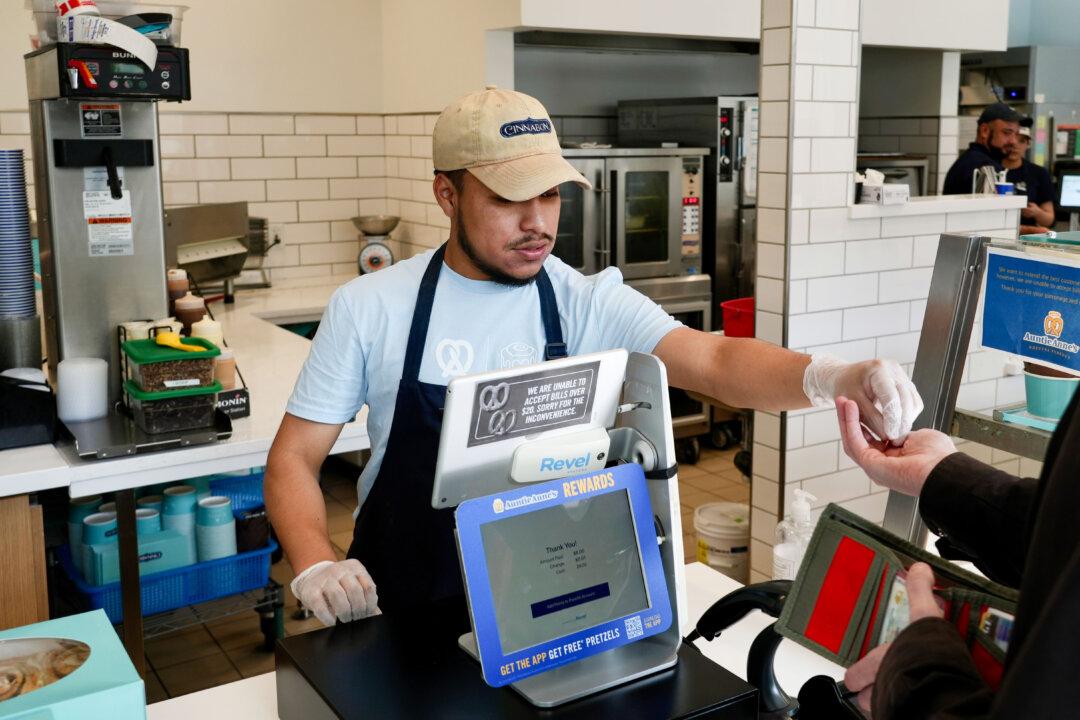It has been a rough year for GM and its $2.1 billion investment in autonomous vehicle (AV) company Cruise. After one of the cars dragged a pedestrian on a San Francisco street, the California Department of Motor Vehicles revoked Cruise’s license in October. The company then recalled all 950 of its vehicles and paused operations. This week, Cruise CEO Kyle Vogt resigned, and new questions about the validity and effectiveness of AVs have increased.
In a written statement, Cruise said the recent issues could eventually make it a better company.





